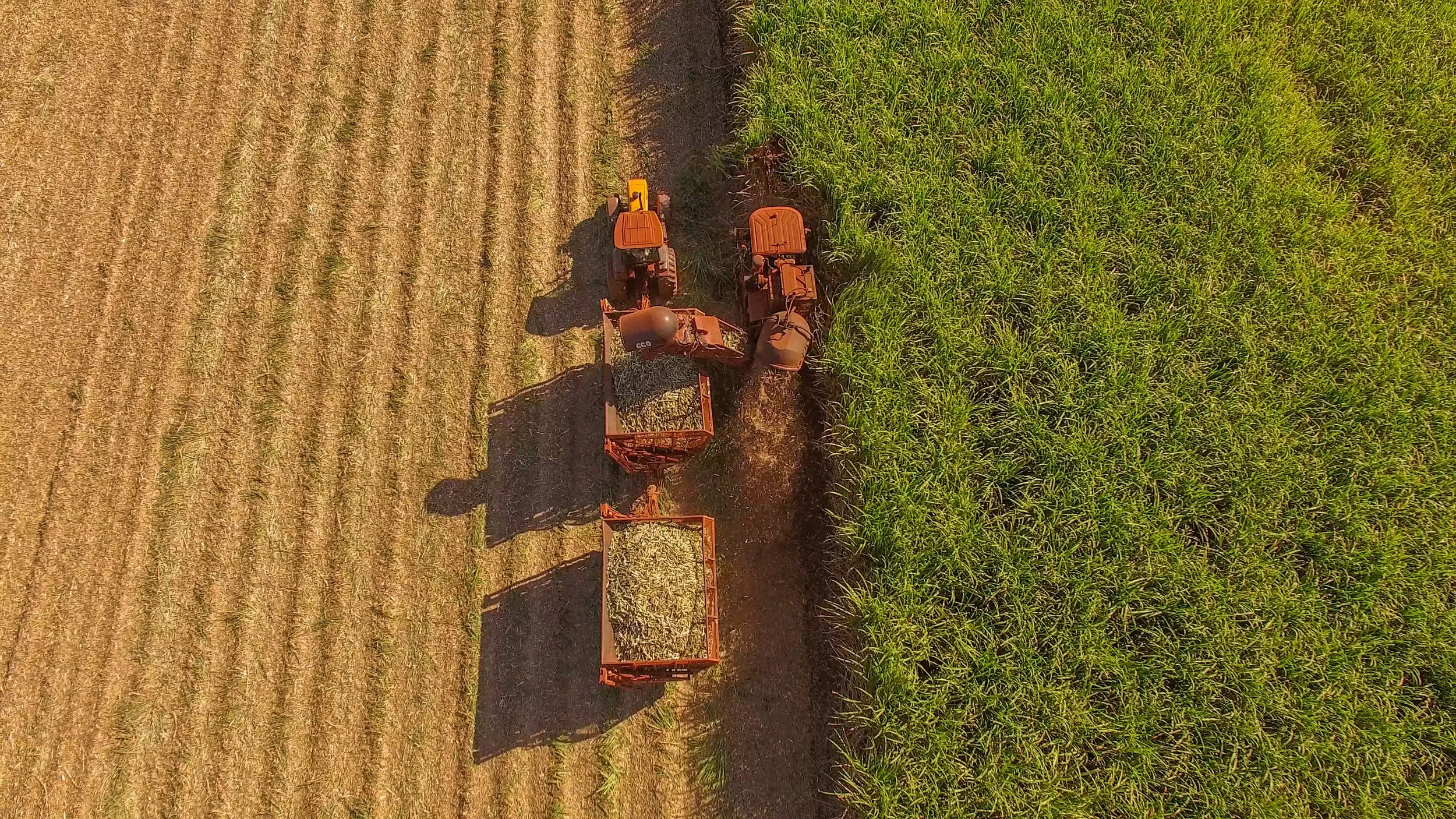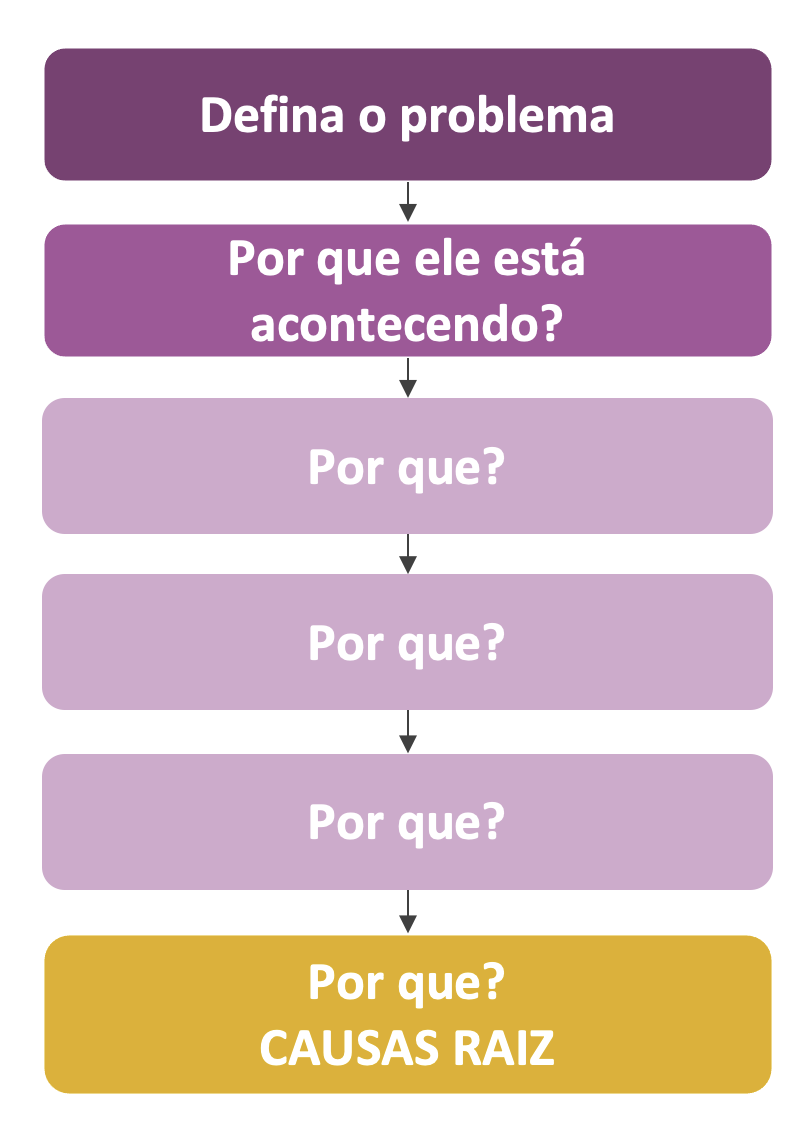
Root Cause Analysis
Introduction
Often, when we analyze a risk, we may have one idea or opinion about its cause, but if we look more closely, we'll see the reality is different. Root cause analysis (RCA) is the process by which we understand the deeper factors that generate risks, in order to implement the most effective solutions .
It is the bridge between risk identification and action to address human rights risks, and must be undertaken before any decision on actions to be taken .
It helps a company look beyond superficial causes to identify the systemic issues that need to be addressed for lasting and meaningful change to be achieved , and to identify organizations and people who need to be part of the action.
||||||||
Methodologies for ACR
Root cause analysis can be performed using different methodologies, such as the three presented below. The choice of methodology should be based on the company's context. Does your company already use one of these to analyze other topics? This will be the most appropriate methodology for you!
5 whys
The 5 Whys is an iterative interrogative technique used to explore the cause-and-effect relationships behind a specific problem.
||||||||
Ishikawa diagram
Also known as a fishbone diagram, it is a highly visual way of creating and visualizing multiple causes and effects in response to problems.
The 5 Whys Methodology
•A framework for analyzing information obtained through a human rights risk assessment and identifying where a company can take action.
•Decision-making is based on a deep understanding of what is happening in reality .
•Most effective when responses come from:
•People with practical experience on the problem.
• Multiple perspectives (not just one actor).
•The iterative nature of the 5 Whys means you drill down at each step toward the root causes.
Here is a step-by-step flowchart for implementing the 5 Whys:
Get the team together
The analysis should be conducted by a diverse group, with people who have contact with different realities (industry, field, suppliers, community) and can provide insights into different scenarios. External stakeholders should be included whenever possible; this allows for a perspective that those at the plant may not have.
Next step after analysis
Define actions
For each root cause that the plant influences, define actions to address them. Identify the scope of action needed (actions on its own operations, on the supply chain, or collaborative actions with other stakeholders). In addition to new actions, consider actions and initiatives that the plant already implements.
Define a clear problem
Select the risk for analysis and define the problem related to it in a clear sentence, so that it becomes concrete and specific.
The team should then list all the details known about the problem.
List the root causes
Identify which causes the plant has a real direct influence on or which can achieve change through support or influence on other actors.
At this point, identify all stakeholders who play a role in addressing each cause, and their roles. This will help define collaborative actions.
Exemple
Pareto Chart
A tool that generates a bar chart listing the different components of an issue and placing them in descending order, from the most impactful to the least impactful.
Ask the “whys”
The answers to each why should be based on existing information and should stop when an answer cannot be given without further investigation.
There may be fewer than 5 whys, as long as it is possible to identify systemic causes that allow the definition of actions.
Explore different paths
Select an item/path from the details listed by the team and follow that path to the end. There may be "forks" and a "why" may have more than one answer. Write them down and, if possible, explore them all, one at a time, to reach a meaningful result with different causes.
The importance of stakeholder consultation
Capturing the perspectives of different stakeholders and allowing discussion of a problem is invaluable in ensuring you have the knowledge necessary to apply the chosen methodologies and explore mitigation actions.
An ACR can be co -constructed during a workshop with a group of stakeholders, which may include rights holders and their representatives such as neighboring communities, workers, small producers, migrant workers, women workers, trade unions, and NGOs.
For this, the presence of a third party facilitating the process is relevant.











